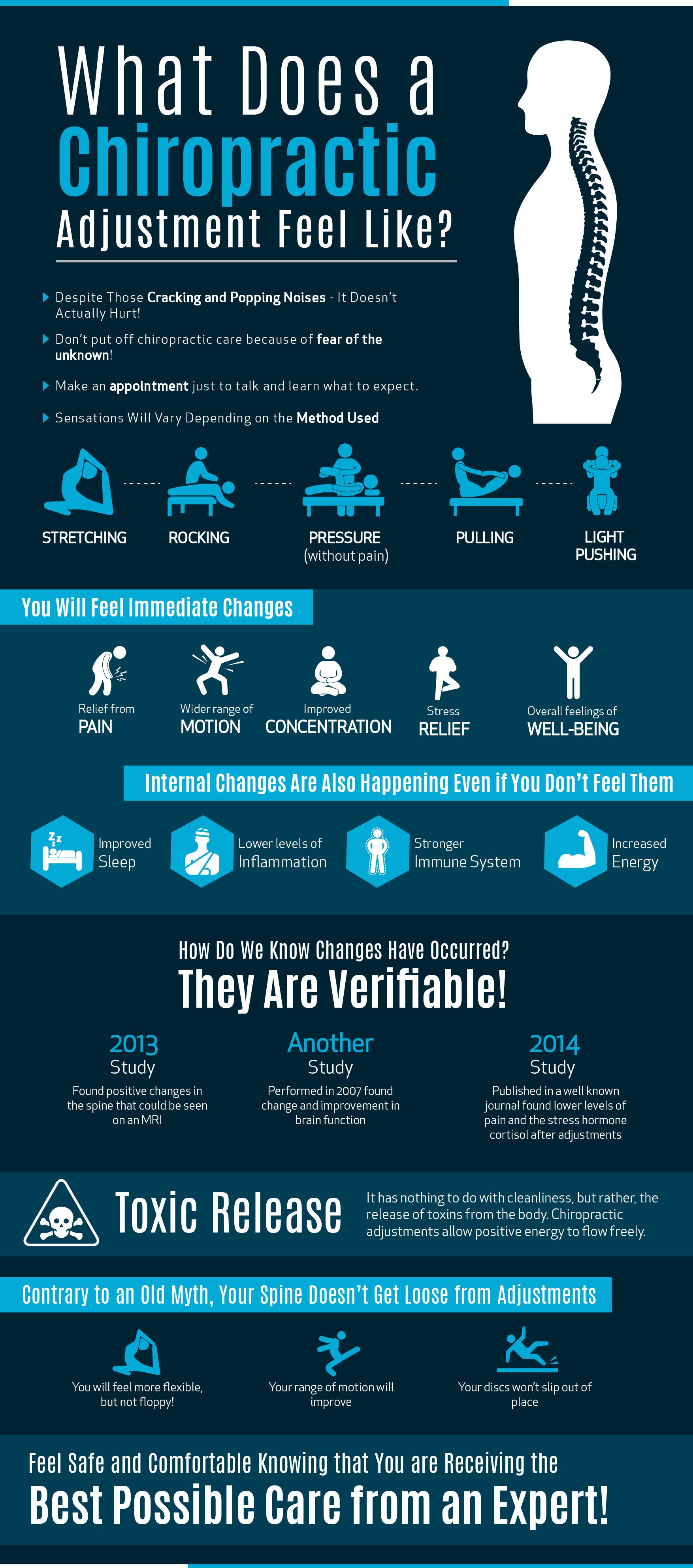What Is Driving The Appeal Of Cold Laser Treatment?
What Is Driving The Appeal Of Cold Laser Treatment?
Blog Article
Write-Up Developed By-
You've probably noticed the surge of cold laser treatment in numerous clinics and sports facilities. It's becoming a go-to choice for professional athletes and those handling chronic pain. This non-invasive treatment supplies advantages that conventional approaches often can't match. But exactly what is driving this pattern? Discovering its applications in sporting activities medication and pain administration can clarify its expanding allure.
Applications in Sports Medicine
As athletes push their bodies to the limits, they commonly deal with injuries that can sideline them for weeks and even months.
In such instances, cold laser therapy emerges as a powerful tool in sports medicine. This non-invasive therapy uses low-level lasers to penetrate cells, promoting recovery and lowering inflammation.
You'll locate it especially helpful for sprains, pressures, and tendonitis, as it accelerates recuperation without the requirement for drugs. Unlike conventional methods, cold laser treatment allows you to return to training quicker, decreasing downtime.
Many sports clinics currently supply this innovative treatment, recognizing its effectiveness. By incorporating it right into your recovery regimen, you can improve performance and preserve your competitive edge, guaranteeing you're constantly prepared for the next obstacle.
Advantages hurting Administration
Cold laser treatment isn't just a game-changer for athletes; it likewise uses substantial advantages suffering monitoring for a variety of conditions.
If you're dealing with chronic pain, this non-invasive treatment can provide alleviation without the side effects frequently related to drugs. Cold laser therapy works by promoting your body's natural recovery processes, reducing swelling, and advertising cell regeneration.
You might find it valuable for problems like arthritis, tendonitis, or neck and back pain. Many clients report a reduction in pain levels and an improvement in their total lifestyle.
Plus, it's a quick procedure, frequently calling for just a couple of sessions to notice results. If you're seeking a reliable discomfort monitoring remedy, cold laser treatment could be worth considering.
Function in Rehab and Healing
When recovering from an injury, making use of cold laser therapy can substantially enhance your rehabilitation procedure. laser treatments to quit smoking -invasive treatment advertises cells repair work by promoting cellular task, which aids your body recover much faster.
You'll notice minimized swelling, pain relief, and boosted wheelchair, enabling you to reclaim strength and functionality better.
Cold laser therapy increases blood circulation to the afflicted location, supplying essential nutrients and oxygen that aid in recuperation. And also, it can help in reducing scar cells development, making certain a smoother recovery trip.
Lots of physiotherapists are integrating this treatment into their therapy strategies, recognizing its potential to increase recovery. By integrating cold laser therapy right into your recovery, you're giving on your own the very best possibility to return to your regular activities quicker and with less pain.
Conclusion
Cold laser therapy is obtaining grip for a factor. It offers a non-invasive option that effectively deals with sporting activities injuries and chronic discomfort, making it a go-to for athletes and day-to-day individuals alike. You'll appreciate just how it reduces swelling and advertises healing without the side effects of typical medicines. As https://cold-laser-therapy-myofas11009.blogrenanda.com/40756913/keen-to-uncover-exactly-how-cold-laser-treatment-changes-discomfort-alleviation-uncover-the-science-that-might-transform-your-strategy-to-handling-pain welcome this innovative method, you'll locate it enhances healing and enhances flexibility, truly reinventing how we consider discomfort monitoring and rehabilitation.
